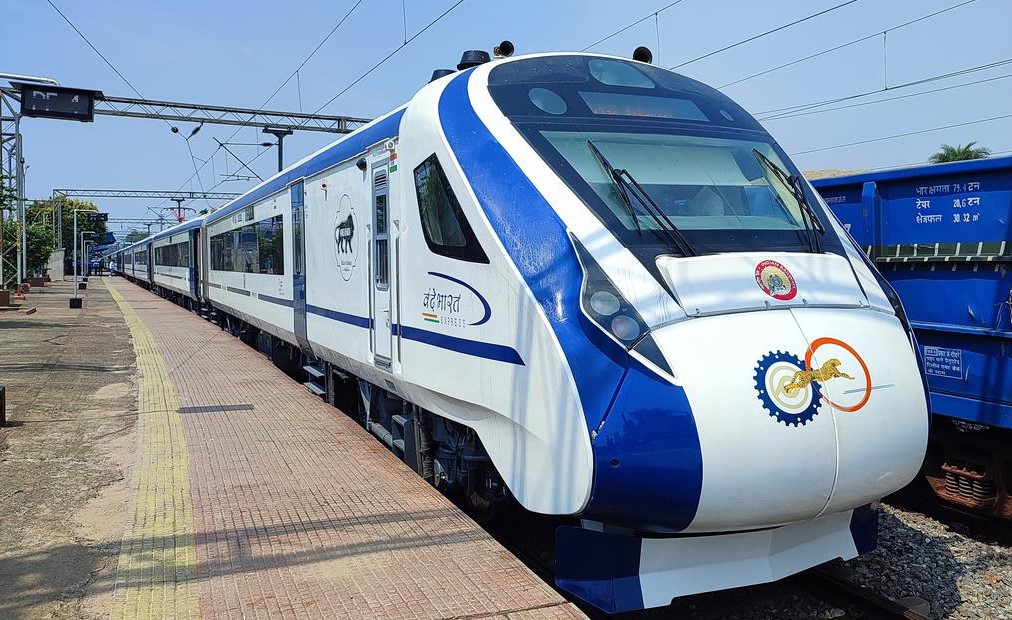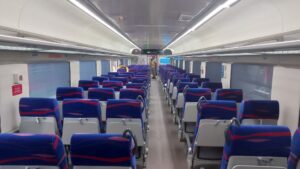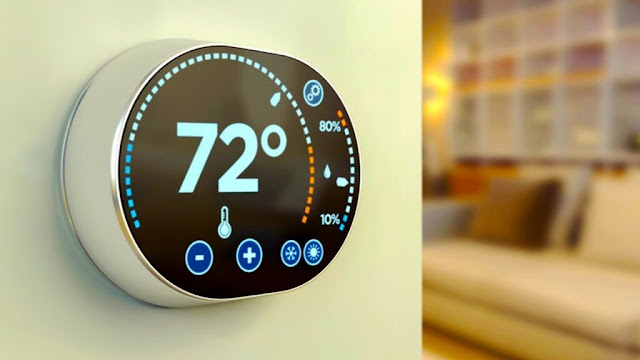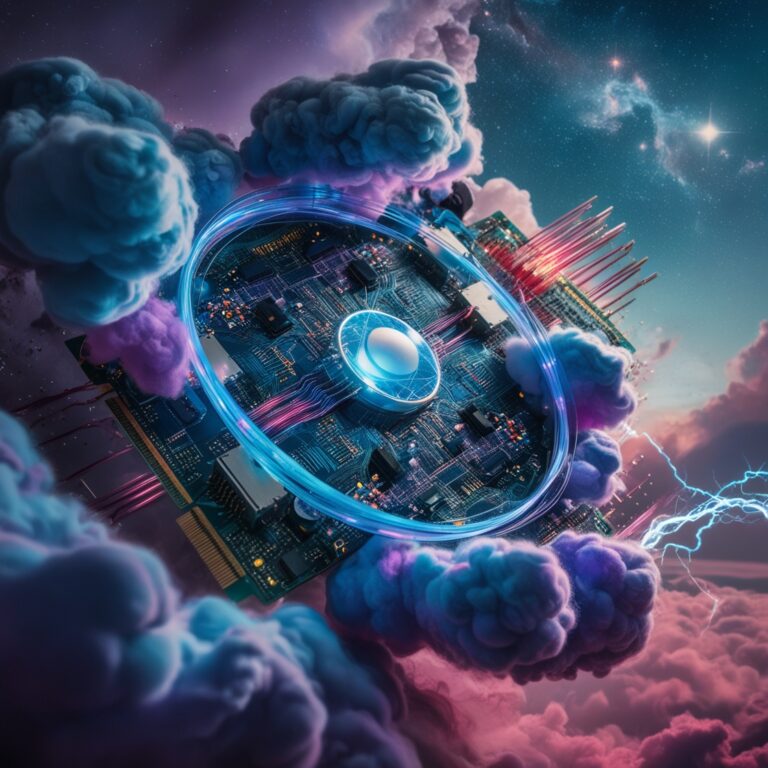Vande Bharat Express
Who doesn’t know about the Vande Bharat Express today? It was a dream that India had envisioned for many years—a dream to have its own Made-in-India bullet train that would be cost-effective, fast, superior, and comfortable, equipped with all the necessary facilities, all within the budget of the common man.
Earlier, India was dependent on foreign countries for bullet trains, which required the government to spend a substantial amount (around ₹300 crore) along with additional maintenance costs from time to time. However, the Indian government managed to build the Vande Bharat Express at an expense of just ₹200 crore. The credit for this remarkable achievement goes to Sudhanshu Mani, who joined Indian Railways in 1981.
The Vande Bharat Express is an extraordinary train operated by Indian Railways, known nationwide for its speed and exceptional amenities. The name “Vande Bharat Express” was given by Prime Minister Narendra Modi. With its advanced engine and state-of-the-art features, this train captivates passengers with its speed and convenience.
The Vande Bharat Express, India’s first self-propelled train, often referred to as “Train 18,” was introduced by Indian Railways in November 2018. It incorporates cutting-edge innovations that ensure high speed, safety, and a comfortable journey. This train symbolizes the trust and excellence of Indian Railways and connects the nation’s major cities.
Features and Facilities
The Vande Bharat Express is a high-speed train service in India, designed and manufactured by the Integral Coach Factory (ICF) in Chennai. It has a maximum operating speed of 160 km/h and boasts modern features such as automatic doors, a GPS-based audio-visual passenger information system, bio-vacuum toilets, and comfortable seating.
The train’s advanced design and innovative technology provide passengers with unparalleled comfort. Its sleek and modern appearance enhances its appeal, making it a standout achievement in Indian transportation.
The Vande Bharat Express is regarded as a significant technological milestone for India as it is the country’s first indigenously built engine-less train. Like metro trains, it operates on electric traction and is designed to be more energy-efficient. With 16 coaches, it has a seating capacity for 1,128 passengers. The train has received positive feedback for its speed, comfort, and cleanliness. Its launch marked a major milestone in the development of Indian Railways and an important step toward modernizing the nation’s transportation infrastructure.






